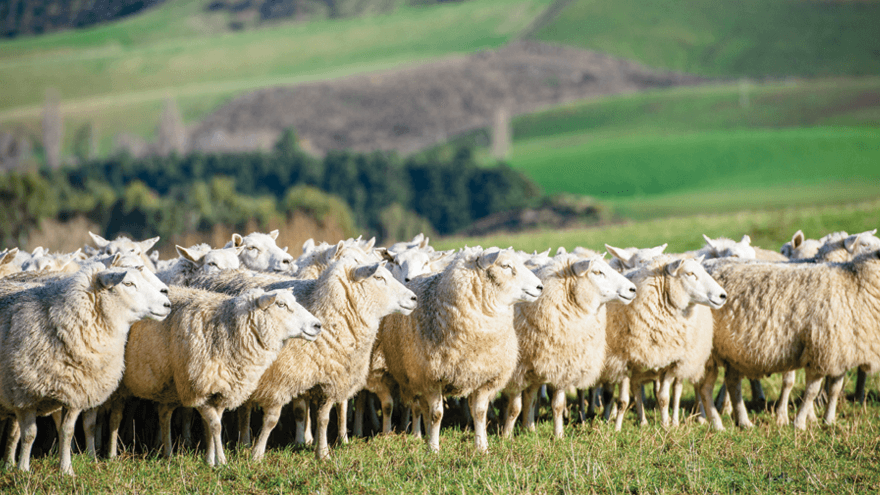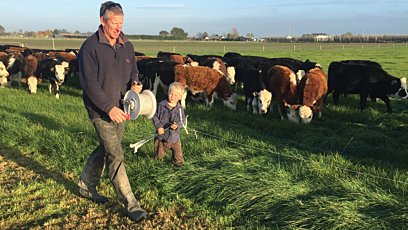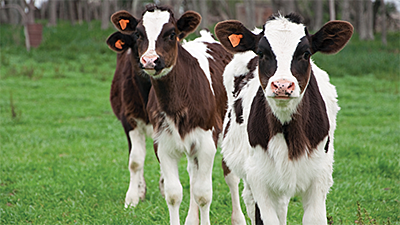
Vaccinate pre-lamb to protect colostrum quality
Clostridial bacteria are everywhere and every farm needs a plan to protect their valuable stock.
Lambs are born with no antibodies and rely on getting them in the ewe’s colostrum for protection against clostridial diseases. The gut of the newborn lamb absorbs these antibodies within the first 6 to 12 hours of life, so this colostrum must be high-quality and in adequate quantity. Ideally, lambs should get 50 ml per kg liveweight of colostrum within the first two hours of birth and another 200 ml per kg liveweight in the next 12 to 18 hours.¹
A sound pre-lamb vaccination programme helps maximise the concentration of antibodies in this colostrum and reach these targets. There are three aspects to getting your pre-lamb programme right.
Vaccine
The choice of vaccine used can influence how many antibodies are available to go into the ewe’s colostrum. How much is enough can vary depending on whether the ewe has one, two or three lambs suckling, and how much disease challenge a lamb may face. Remember immediately after birth the udder only contains 1 to 1.5 L of colostrum, so if this is shared by twins or triplets the volume is divided and there are fewer antibodies present for each lamb to drink.
General wellbeing
Ewes that are in poor condition, parasitised or under severe feed stress at the time of vaccination will not have the energy to form many antibodies or enough quality colostrum. Making sure ewes are in good condition over late pregnancy period is directly linked to the success of your pre-lamb vaccination.
Timing
It is important that you are stimulating the ewe at the right time so her antibody levels peak when she is forming her colostrum. Different farms have different management systems and lambing spread varies so tailor the time of vaccination for each mob. To help provide the best protection vaccinating late lambing ewes at a later date is a good option.
If you have single or twin bearing ewes, then you may choose a pre-lamb 5-in-1 vaccine like MULTINE® or MULTINE B12®. It gives a good antibody response, and when used closer to lambing (two to four weeks) provides protection for the lambs for up to three months.
In some situations, NILVAX® may be a better option. These situations are if:
- Your flock has a higher number of triplet bearing ewes.
- You vaccinate earlier, up to six weeks before lambing.
- You want up to four months protection of loses through weaning, for example, Pulpy Kidney deaths.
Used at pre-lamb, NILVAX boosts the protective antibody levels of ewes preparing them to produce antibody-rich colostrum for their lambs.
NILVAX or MULTINE are both researched, developed and manufactured right here in New Zealand, for Kiwi farming conditions. They both have local field data that demonstrate the required protection for your valuable stock.
For advice planning your pre-lamb programme contact your local PGG Wrightson Technical Field Representative.
¹Grazing behaviour and milk available for twins and triplets. S.Peterson et al. NZ Society of Animal Production, 2006.





